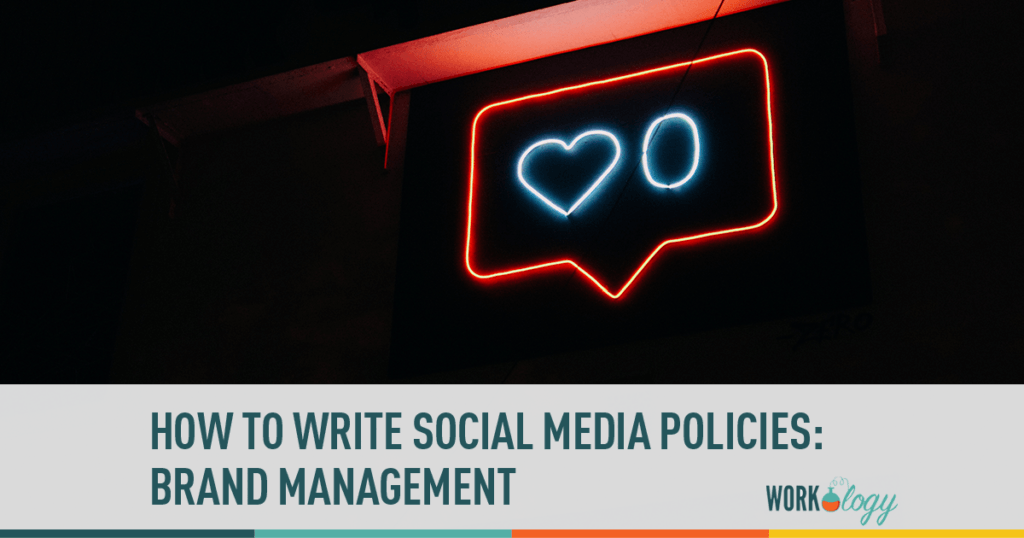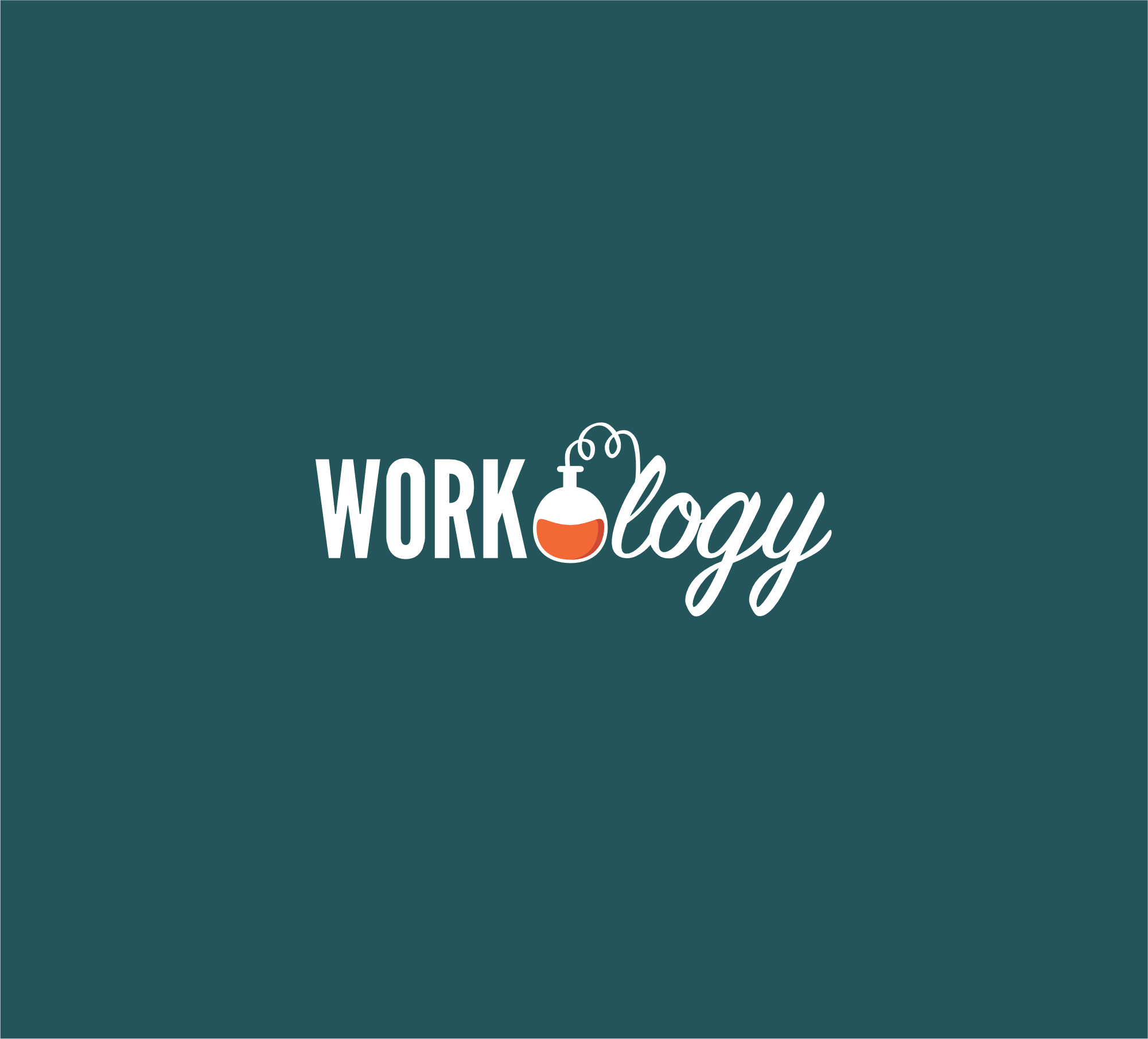In Part 1 of “How to Write Social Media Policies Series,” I discussed the myths around social media. In Part 2, I outlined paid and free social media monitoring tools organizations can use, and in Part 3, I share some scenarios that companies and HR teams may have already encountered when Branding on social media networks.
Using Social Media Today for Brand Development
Often times a company’s marketing department, public relations, or information technology departments might already be monitoring or using social media in their external brand development or promotional efforts. These departments can share with you situations and scenarios they may have already encountered when branding on social media networks.
As more people are being drawn to online community websites like YouTube, Facebook, LinkedIn, and Flickr, chances are someone in your company has already used social media for branding in some form.
Typical examples of companies and employees using branding through social media include:
- An employee or former employee connecting with the company’s branded Facebook Fan Page.
- Employees posting corporate event photos on Flickr or sharing campany videos on YouTube through intercompany email or via corporate servers.
- A manager receiving a LinkedIn recommendation request from a former or current employee.
- LinkedIn or Facebook alumni or customer groups created without corporate’s brand consent or knowledge.
- Livestreaming or video recording from portable flip camera of smart phones like the iphone on the company premises.
By opening discussing with your teams about these potential situations you will learn more about what your policy should or should not include.
The Illusion of Social Media Control
The issue of control concerning employees and what they post on social networking sites and when they post is a common question among clients and when leading training sessions. Let me be make it clear that social media is not a fad. As technology has evolved over the last 30 years, we have become more dependent on it as a part of our daily lives and especially in a business context. Consider how technology changes impacted your business like fax machines, the internet, cellular phones, and even email. As someone who grew up with a rotary phone and party line, I am still a child of the internet. It’s hard for me to imagine life without technology like Google Maps, my laptop computer, and wireless Internet. Without them, I wouldn’t be in the industry I am today and certainly, you wouldn’t be able to download and read this blog post or e-book I am writing this very moment.
Companies and senior leaders of organizations are under the belief that before the popularity of social networking they had control of what their employees said and didn’t about their managers, company, and working conditions. This is not the case. While social media has gained popularity since the MySpace era, the Internet over the last 20 years and creation of chat rooms, forums, and even blogs has provided individuals an opportunity to publicly air their personal opinions online. These online forums and platforms are not unlike the editorial section of the newspaper, and I have yet to work for a client or company that monitored and scrutinized these for their brand like they do the internet.
Social Media for Company Branding is More Than Just Employee Social Media Governance
The idea of social media control is a figment of a company’s imagination and negative comments, posts, or videos are often a symptom of a larger problem—a flawed product, bad manager, or a toxic corporate culture. Over ten years ago, I used chat rooms and dating websites to source and recruit candidates for a variety of retail positions. Online profiles existed and even then encouraged their members to include information about their company, position, or industry on these profiles even then.
Social media is much like an employee forum or town hall meeting except that the lines between personal and professional are increasingly blurred. Companies can use these social media networks to quietly monitor employee opinions, ideas, and activities surrounding their work. Just like the office grapevine, management does not respond to every comment or rumor about a brand whether positive or negative. Managers and leaders keep an ear to the door constantly assessing the situation. Social media should really be no different and your policy can help provide structure and guidance for both your employees and managers on what they can expect and where their responsibilities to the brand lie.
Be sure to check out Part 4 of the Social Media Policy Series, where I discuss how to communicate the social media policy to your employee population and provide social media trainings.








3 Comments
Aw, this was an incredibly nice post. Taking a few minutes and actual effort to create a superb article… but what can I say… I put
things off a lot and don’t manage to get nearly anything
done.
Hi, everything is going sound here and ofcourse every one is sharing data, that’s
in fact good, keep up writing.
Thanks a lot! Fantastic information.
Comments are closed.